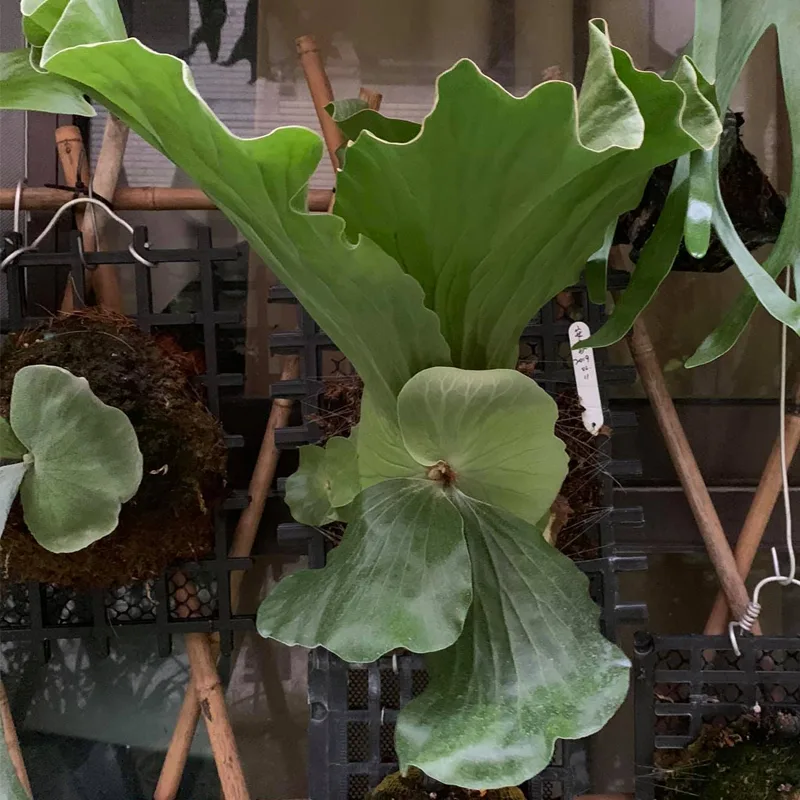FAQs About Agave Virginica
Agave Virginica, also known as the False Aloe, has become one of my favorite plants to talk about and care for. It’s a fascinating, low-maintenance species with a distinctive appearance. Below, I’ll walk you through some common questions and insights I’ve gathered from my experiences growing this beautiful plant.
304 Species in Genus Agave
What is Agave Virginica?
Agave Virginica, sometimes called Eastern Agave or False Aloe, is a perennial succulent native to the southeastern United States. Unlike its desert-dwelling cousins, this agave species thrives in more temperate climates, making it unique among other agave varieties. The plant features long, narrow leaves that form a rosette shape, with the occasional flowering spike in late summer. It’s known for its drought tolerance and ability to thrive in poor soil conditions, which makes it great for gardeners seeking a resilient and striking plant.
How to Care for Agave Virginica?
One thing I love about caring for Agave Virginica is its toughness. It’s a hardy plant that doesn’t require constant attention. However, to ensure your Agave Virginica stays healthy, there are some basic care tips to keep in mind.
- Soil: It prefers well-draining, sandy soil. You don’t want it sitting in waterlogged soil, as this could lead to root rot.
- Sunlight: Agave Virginica does best in full sun, though it can tolerate partial shade. The more sunlight it gets, the more vibrant its growth will be.
- Watering: This plant is drought-tolerant, so water it sparingly. During the summer months, a deep watering every few weeks is more than enough.
- Temperature: Agave Virginica can withstand cold temperatures, but it thrives in warmer climates. If you live in an area with harsh winters, you may want to grow it in a container so it can be brought inside when temperatures drop.
How to Propagate Agave Virginica?
Propagation of Agave Virginica is straightforward. The easiest way to propagate is through pups, small offshoots that grow at the base of the mother plant. Here’s how I propagate mine:
- Wait until the pups are about 4-6 inches tall.
- Carefully dig around the pup to expose its roots.
- Use a clean, sharp knife to cut the pup away from the mother plant.
- Let the pup dry out for a day or two before planting it in well-draining soil.
Another method is propagation from seed, though I find this process slower and more involved.
What Can I Plant with Agave Virginica?
When choosing companion plants for Agave Virginica, I look for drought-tolerant plants that won’t compete for water or nutrients. Some of my favorite companions include:
- Sedum: With its fleshy, water-storing leaves, Sedum pairs well with Agave Virginica.
- Yucca: Another drought-resistant plant that complements the form and texture of agave.
- Grasses: I like using ornamental grasses, such as Blue Fescue or Pampas Grass, to create contrast and soften the agave’s spiky appearance.
These plants thrive in similar conditions and create an attractive, low-maintenance garden.
Is Agave Virginica Toxic?
Yes, Agave Virginica is mildly toxic if ingested. The sap contains irritants that can cause skin irritation or a rash, so I recommend wearing gloves when handling the plant. If you have pets or small children, it’s best to plant Agave Virginica in areas where they won’t be tempted to chew on the leaves.
Benefits of Agave Virginica
What I find most rewarding about growing Agave Virginica is how low-maintenance it is. It’s perfect for gardeners who want something striking without constant upkeep. Here are a few benefits:
- Drought Tolerance: Agave Virginica can survive long periods without water, making it ideal for dry gardens or xeriscaping.
- Low Maintenance: Once established, it practically takes care of itself, needing little more than occasional watering.
- Pollinator-Friendly: In late summer, the plant produces tall flower spikes that attract bees, butterflies, and other pollinators.
Common Problems with Agave Virginica
While Agave Virginica is generally low-maintenance, there are a few issues you may encounter. Here are some common problems I’ve dealt with:
- Root Rot: This happens if the plant sits in waterlogged soil. Make sure your soil is well-draining, and don’t overwater.
- Pests: Occasionally, I’ve noticed mealybugs and scale insects on my agave. These pests can be treated with insecticidal soap or a strong jet of water.
- Leaf Damage: Overwatering or frost can cause the leaves to rot or become mushy. If this happens, cut off the damaged parts and adjust your care routine.
How Does Agave Virginica Compare to Other Agave Varieties?
Agave Virginica stands out from other agave species primarily because of its climate preferences. Most agaves thrive in arid, desert-like conditions, but Agave Virginica can handle cooler temperatures and more humidity. This makes it a better fit for temperate gardens in regions that don’t experience extreme heat.
One similar plant that often gets confused with Agave Virginica is Manfreda Virginica, or the False Agave. Manfreda looks similar but is not a true agave. It’s worth noting that Manfreda has softer, more flexible leaves compared to Agave Virginica’s rigid, spiny ones.
Final Thoughts
Agave Virginica is an adaptable, tough, and visually striking plant. From its drought tolerance to its ability to thrive in poor soil conditions, it’s a fantastic addition to any garden, especially for those seeking low-maintenance beauty. While it’s not as popular as some of its agave relatives, I think its versatility and resilience make it a plant worth considering.
Growing Agave Virginica has been a rewarding experience for me, and I hope this FAQ helps others get the most out of this unique plant. Whether you’re a seasoned gardener or just starting, this agave species is sure to impress.
If i die, water my plants!



